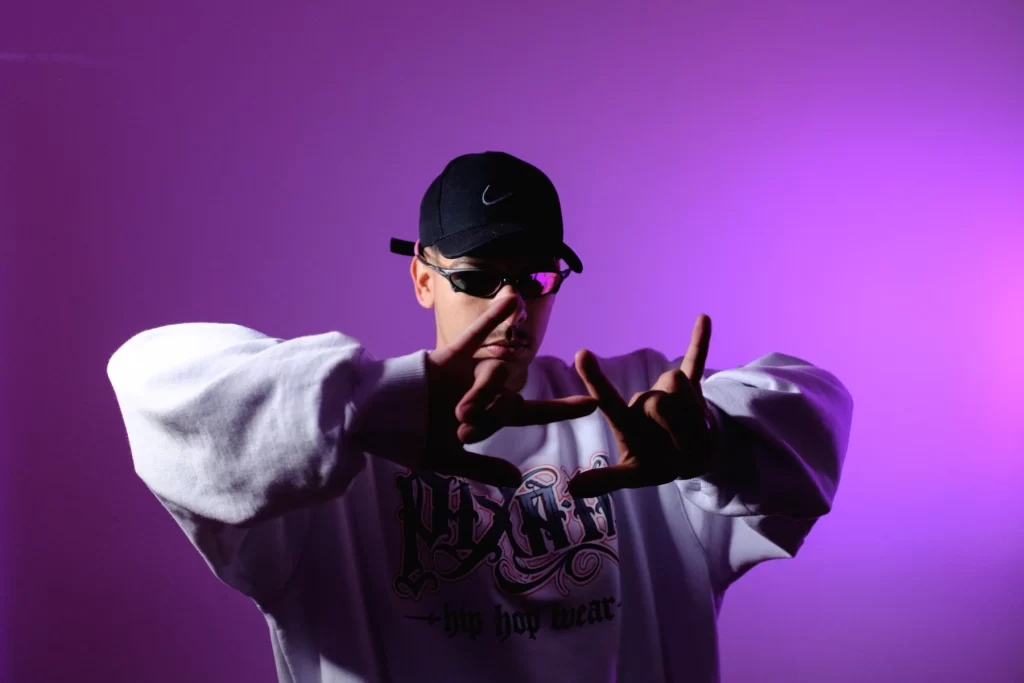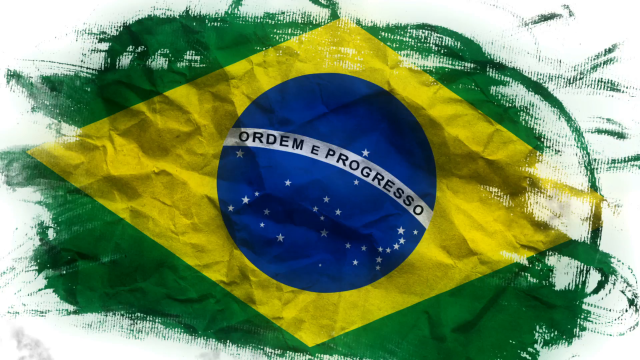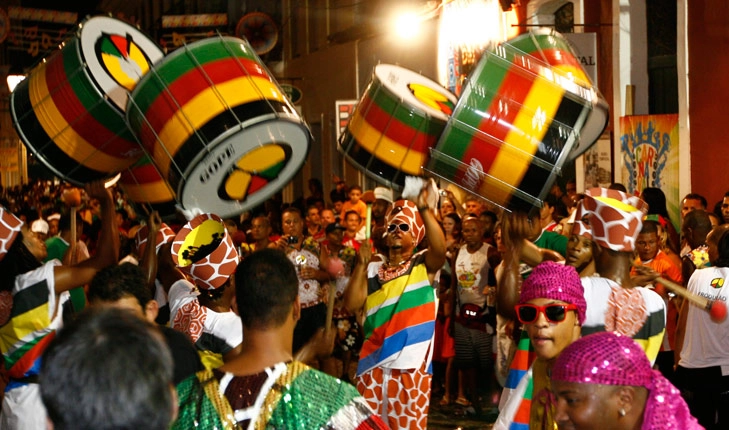
Brazil has long been a fertile ground for musical experimentation, and nowhere is that more evident than in the ever-evolving world of baile funk. Born from the favelas and pulsing through speakers at street parties and underground clubs, this electrifying genre fuses Brazilian cultural rhythms with a wild mix of global influences, resulting in a sound that’s raw, rebellious, and endlessly reinventing itself.
The Beat of the Favelas
At its core, baile funk is music made to move bodies. Unlike some American hip-hop that often leans into lyrical complexity and introspection, baile funk doesn’t hesitate to put rhythm first. Drawing from electro, Miami bass, and early hip-hop roots, it has developed its own sonic identity, with choppy beats, aggressive basslines, and shout-style vocals that are more about energy than storytelling.
Here, the role of the MC is to keep the crowd hyped — repeating punchy phrases, commanding dance floors, and syncing with the high-octane beats created by equally boundary-pushing producers. It’s as much rave as it is rap, and it thrives on the connection between performer and audience.
A Sound That Defies Labels
Calling baile funk a single genre doesn’t do it justice. It’s more accurate to think of it as a musical universe. Depending on where you are in Brazil, you’ll hear variations that blend with local flavors — from sample-heavy tracks to original compositions, from high-speed rave anthems to minimalist, bass-driven cuts. Baile funk is a shapeshifter, constantly expanding and adapting through regional scenes and the internet alike.
Despite the occasional mainstream spotlight — think Anitta’s global pop or the Fast & Furious franchise’s love affair with Rio — the heart of funk remains underground and fiercely local. It spreads through viral videos, DJ sets on social media, and grainy party footage shared by the scene’s grassroots pioneers.
Resistance Through Rhythm
Baile funk’s rebellious spirit is baked into its DNA. Often targeted by law enforcement and demonized in the media, especially when performed by Black artists in the favelas, the genre has become a tool of resistance. It channels the frustration of marginalized communities into defiant soundscapes — loud, unapologetic, and intentionally chaotic. The illegal parties where it thrives are both a celebration and a form of protest.
Nowhere is this spirit more alive than in the music of artists who are pushing the genre into experimental new territory. Let’s take a look at some of the most innovative voices currently shaping the sound of baile funk:
1. Badsista
A bold force in funk’s queer and feminist scenes, Badsista blends baile funk with techno, acid house, and UK garage. Her album Gueto Elegance is all about refined chaos — minimal beats, sharp synths, and vocal features from powerful women like MC Yallah. Tracks like “A Braba do Jaco” bring a polished, club-ready edge to funk’s usually raw presentation, flipping the genre’s macho persona on its head.
2. D.Silvestre
Mashing together baile funk with the hyperpop chaos of artists like 100 Gecs, D.Silvestre dials everything up to 11. On his Hyper Funk EP, he pushes funk into harsh, noisy territory where vocals and drums blend into one distorted, looping wall of sound. His approach is relentless — repetitive to the point of trance, and bold enough to turn brand names into mantras (see: “Oakley Oakley Oakley”).
3. DJ K (Ka)
A pioneer of São Paulo’s darkest sub-genre of funk, DJ K dubs his style Bruxaria — or witchcraft. His tracks sound like a haunted rave, with eerie samples, airhorns, and screeching effects that merge Brazilian rhythms with horrorcore and phonk. DJ K doesn’t just break the rules of funk — he throws them out the window entirely.
4. DJ RaMeMes
With his rapid-fire mixes and chipmunk-speed vocals, DJ RaMeMes brings funk into nightcore territory. His debut Sem Limites is pure adrenaline — full of trance nods, samba percussion, and glitched-out vocal chops. Where funk at 150 BPM is already wild, RaMeMes pushes it even faster, imagining a Brazil where the rave never stops.
5. MC Lan\
Representing the flashier side of funk — funk ostentação — MC Lan is known for his wild visuals and genre-bending tracks. While his lyrics boast about wealth and status, his beats often take strange, thrilling turns. “ABCDÁRIO DA GUERRA” opens with ambient textures and ends in glitchy, gunshot-laced club rhythms — proof that even the mainstream edge of funk can be unpredictable.
The Global Pulse of a Local Sound
Baile funk remains one of the most thrilling, untamed sounds in global music today. It’s a genre that resists being boxed in, thriving on both its grassroots origins and its internet-fueled future. Whether you’re a seasoned listener or new to the scene, funk has something for everyone — and it’s always evolving.
So plug in, turn it up, and dive into the heart of Brazil’s sonic rebellion.






Awesome https://is.gd/N1ikS2
Very good https://is.gd/N1ikS2